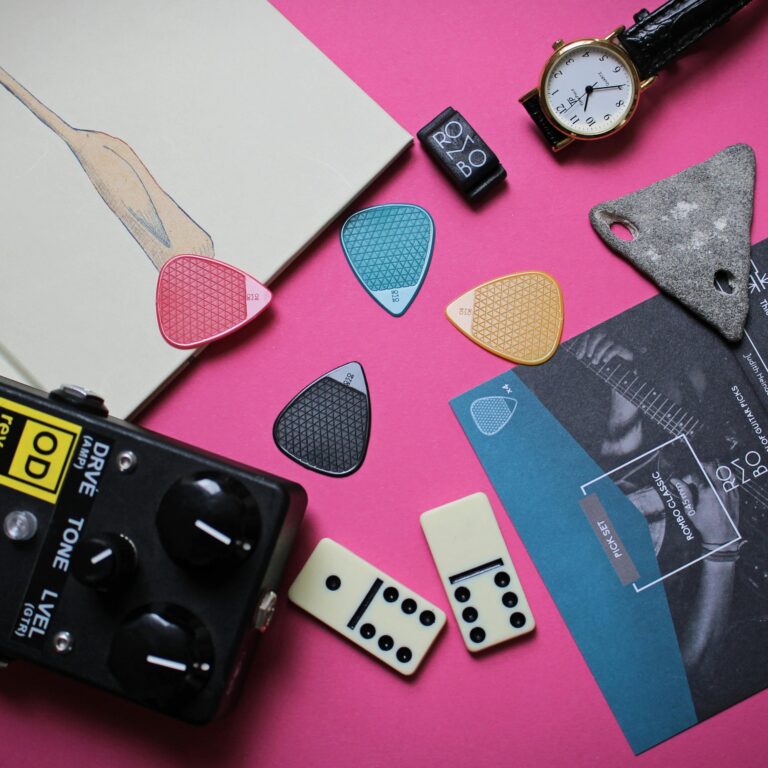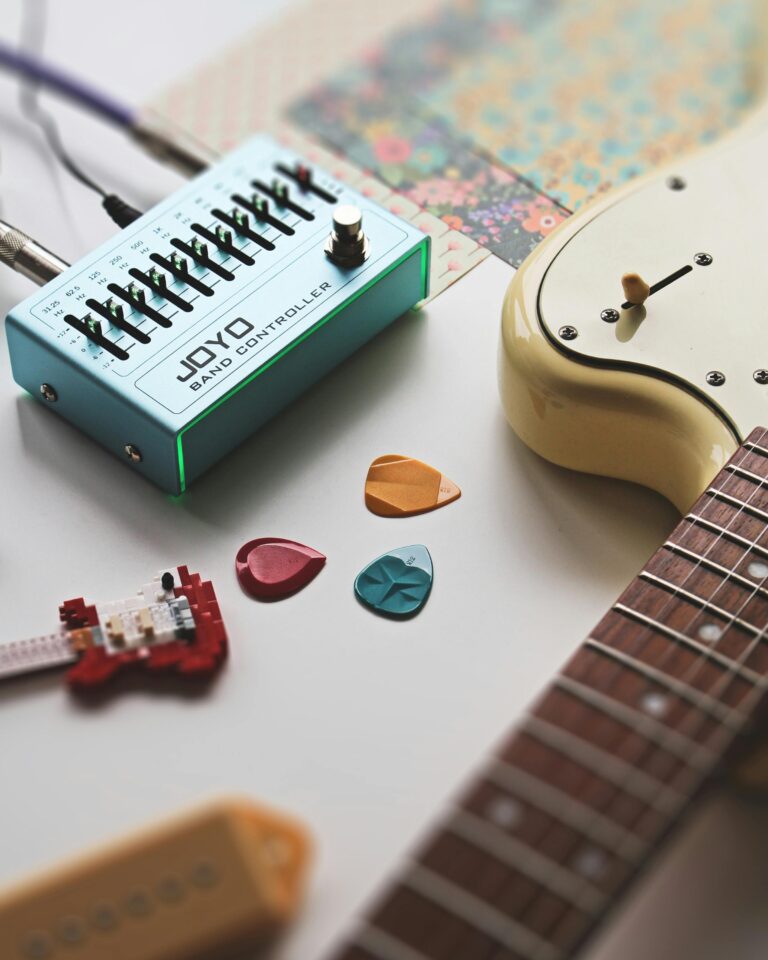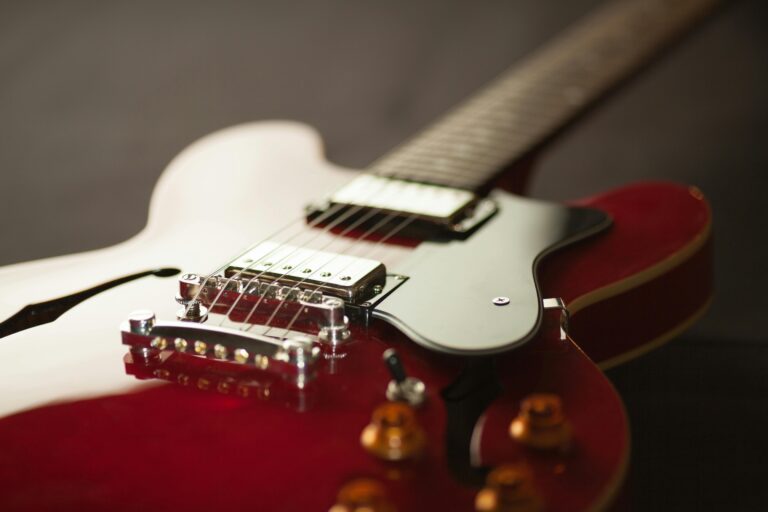Why EMG Pickups Are More Versatile Than You Think
Do you want to know more about EMG pickups that you had been wondering all these while how it actually works? Then go on reading and you will get the answers.
From my personal experience, I’ve always loved playing heavy gain tones, and EMG pickups deliver that punch perfectly. EMGs are known for their distinct, compressed sound, which has become a signature in heavy music.
While many people think EMGs are only for metal due to how they’re marketed, the truth is—they’re much more versatile, whether passive or active.
The Raw Power of EMG Pickups: Beyond the Metal Myth
Originally, Active EMGs became popular at a time when it was difficult to get a truly heavy tone from standard amps. But today, with the variety of high-gain amps and pedals available.
Passive EMG humbucker pickups can absolutely match the aggression and clarity of Active ones, especially when paired with the right gear.
When recording riffs or solos with high gain, I’ve found EMGs incredibly solid and punchy. They bring out a sharp, clear tone that cuts through any mix.
This clarity is essential for both studio work and live performance, ensuring every note you play is heard precisely.
Check out this highly-rated online course on achieving professional guitar tones below!
Flamenco Guitar Online Course
Passive vs Active EMGs – What’s the Difference?
Understanding the distinction between passive and active EMG pickups is crucial for choosing the right fit for your playing style and desired sound.
- Passive EMG Pickups: These don’t require a battery. They tend to bring out more of your guitar’s natural tone and respond better to volume changes. If you’re after expressiveness and dynamic control—passive is the way to go. They offer a more organic feel that can be incredibly responsive to your playing nuances.
- Active EMG Pickups: On the other hand, Active EMGs run on a battery and offer a more aggressive, in-your-face tone. They’re louder, more compressed, and come with more consistent output—great for modern metal and tight rhythms. Their active circuitry provides a strong, consistent signal regardless of cable length or pedal chain.
Both types are super quiet, clean, and built for high gain. With EMG pickups, the bridge isn’t grounded, which significantly reduces noise and hum—giving you a safe, powerful sound that stays clear in any setup.
This low noise floor is a massive advantage when pushing your amp to its limits.
Why EMG Pickups Are Your Go-To for Punch and Clarity
Whether passive or active, EMG humbuckers are built for power. Their high-output ceramic magnets and close aperture coils give you that scintillating, cutting tone that’s perfect for rock and metal.
If you’re looking for pickups that deliver strength, clarity, and punch—EMG pickups are a top choice.
They provide a tight low end, pronounced mids, and crisp highs, making them incredibly articulate for fast riffs and soaring solos. Many professional musicians rely on EMGs for their consistent performance and undeniable sonic impact.
Ready to upgrade your guitar with the power of EMGs and also to learn the guitar theory? Explore the revolution below.
Conclusion: Recommended Gear for EMG Users
While EMG pickups deliver incredible tone on their own, pairing them with the right amplifiers and pedals can elevate your sound even further. From classic tube amps to modern digital modelers, EMGs can adapt and excel. Consider exploring high-gain distortion pedals or versatile amp simulation software to truly harness their power.
Searching for the ideal pedal to push your high-gain tone even further? Discover a top-rated high-gain pedal or powerful amp simulation software that complements EMG pickups perfectly!




